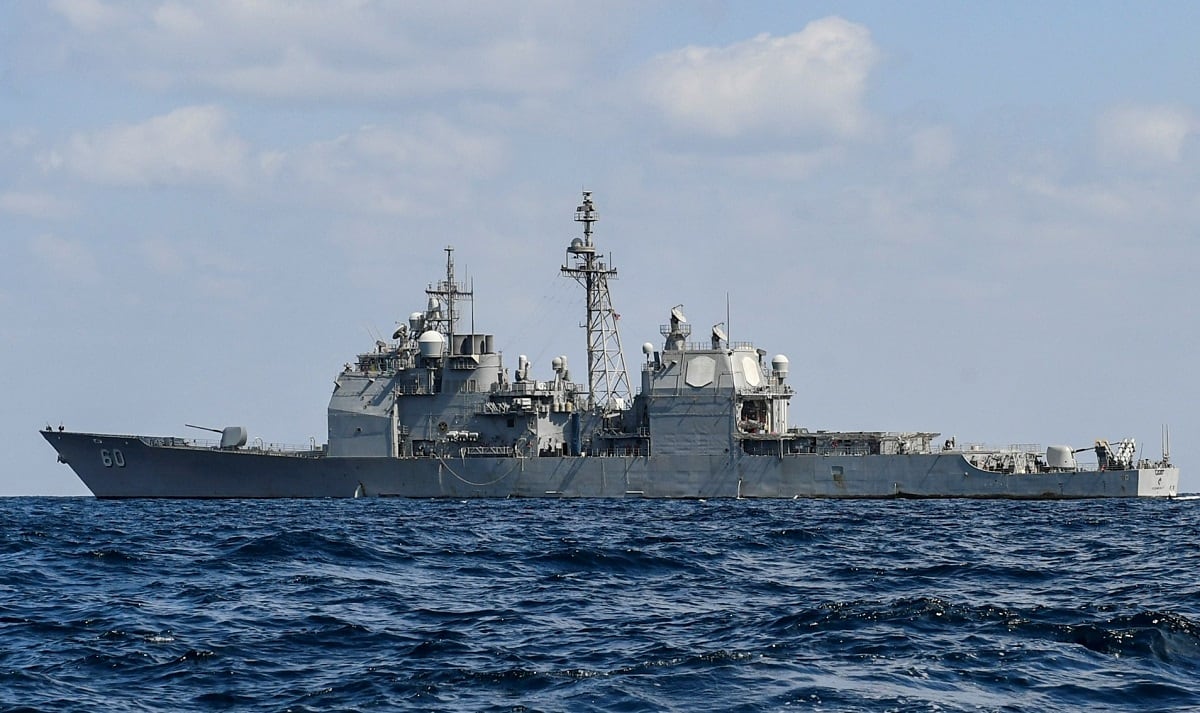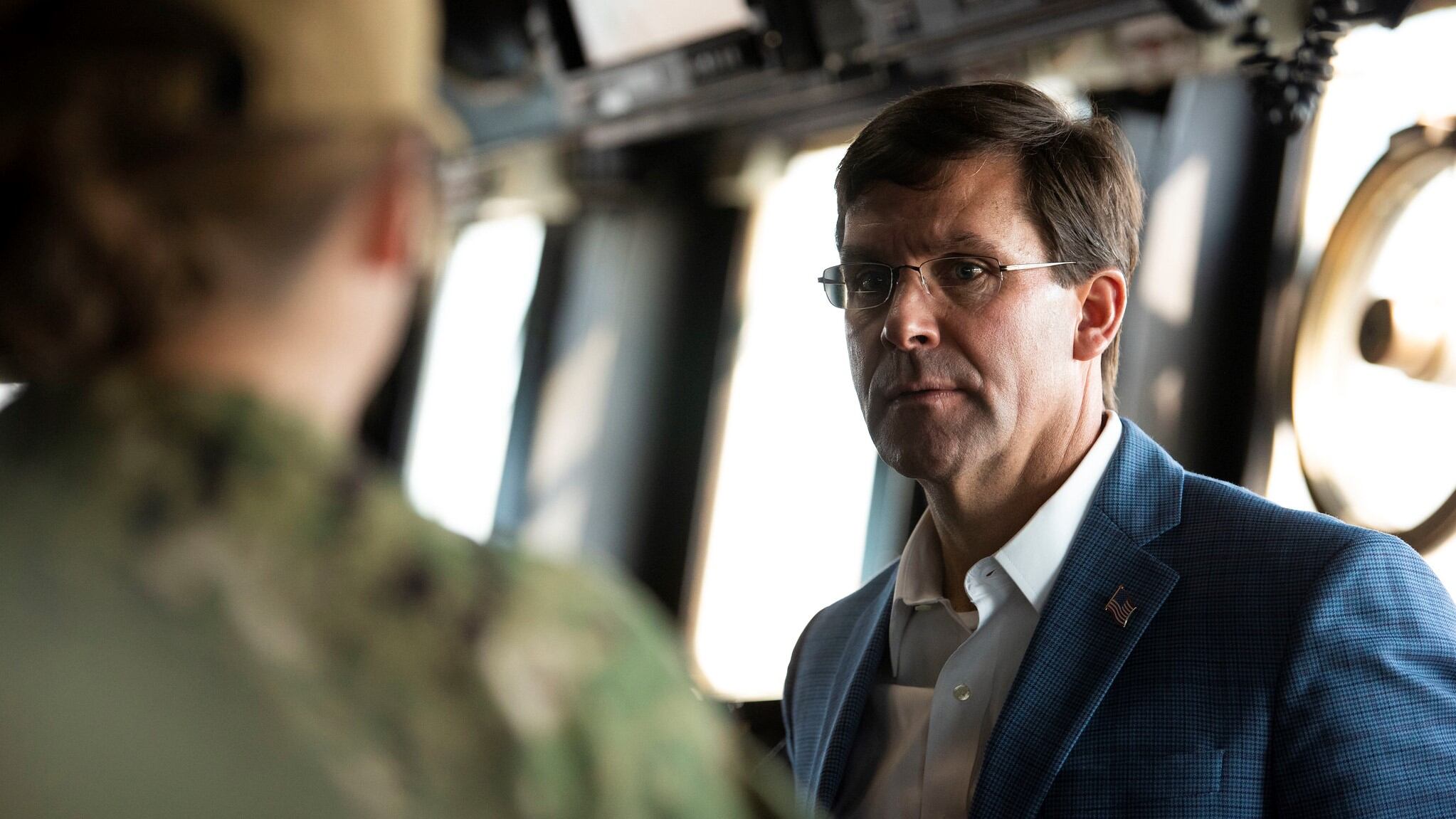WASHINGTON — With bills piling up for the U.S. Navy, between manning and training a growing fleet and recapitalizing ballistic missile submarines, an influential Republican lawmaker is wondering if it is time for the nation’s ground force to chip in for its own transportation.
During a hearing before the House Armed Services Committee, Rep. Rob Wittman, R-Va., asked Defense Secretary Mark Esper if the Army should shoulder the financial burden of recapitalizing the aging sealift fleet. In the event of a significant conflict, about 90 percent of the Army’s equipment would be transported by sea. But the sealift fleet charged with performing that mission is woefully unprepared.
“You stated that of the strategic necessities for our nation, that B-21 [next-generation bomber] was responsibility of the Air Force,” Wittman said, referring to an exclusive interview Esper gave to Defense News. “The Columbia-class [submarine] was the responsibility of the Navy.
“Since surge sealift capacity is the ability for the Army to get to the fight, should it not be the Army’s responsibility to fund surge sealift capacity?”
In the interview cited by Wittman, Esper said the Navy must find a way to pay for the Columbia-class program out of its shipbuilding account, which Navy leaders have warned for years would put significant pressure on every other shipbuilding program.
The first boat, which includes many nonrecurring costs for first-in-class production engineering, among other things, will cost in excess of $14 billion paid over three years, according to fiscal 2021 budget documents.
RELATED

Esper, in response to Wittman, said he agreed that recapitalizing sealift was of vital importance, but admitted he has not looked at having the Army pay for it.
“I completely agree with you on that sealift issue,” the former Army secretary said. “I’ve been concerned about it for a few years now. With regard to your specific question, I have not looked at that with regard to who should pay [for sealift]. It’s traditionally been a Navy bill.
“Each of the services pays bills that they argue should not be theirs. The Air Force, for example, doesn’t like the pass-through [money that goes to a lot of classified] programs. Army has concerns on its front.”
Esper added that the Department of Defense would have to appropriately fund the Navy to produce everything it needs. “I think at the end of the day, what you have to do is find a solution going forward so that we can fund the Navy we need, and that includes not just surface combatants but that includes the strategic sealift,” he said.

Extra $120 billion
What that funding looks like is shaping up to be an area of fundamental disagreement between the DoD and the Navy.
In testimony Thursday, the Navy’s acting secretary, Thomas Modly, told House lawmakers that assuming there will be a flat budget in FY21, the Navy will need an extra $120-130 billion over the next 10 years to fund all the service’s efforts that will go toward the Navy and Marine Corps integrated force structure assessment, which includes sealift.
But Esper has been reluctant to realign the budget to help the Navy’s recapitalization efforts. Esper told Defense News prior to the FY21 budget rollout that he had to consider the whole force, not just the Navy’s needs.
“We’ve got to build the entire, the total force because we fight as a total force,” Esper said. “One thing that our war gaming and analysis will look at is the total force fight. You just don’t fight one service. You don’t fight the Army, you don’t fight the Air Force, you don’t fight the Navy — you fight the team, the joint team.”
RELATED

However, in testimony Thursday, Modly reiterated that despite an internal effort to find ways to pay for more of the Navy’s recapitalization and growth needs, it would likely take a larger Navy top line in the end.
“We have to look internally at our own organization and there are many things that we do — the way we operate, the way our business processes are set up, the business system structures that we have — that inhibit our organization to be as agile as it needs to be,” Modly told House lawmakers. “There are overhead structures that are associated with that we don’t need, and we need to funnel that into modernization.
“I think, ultimately, we can dig very deep to find some of that, but at some point there is going to have to be a broader discussion about the higher top line for the Navy. And that’s something that I’m trying to queue up.”
David B. Larter was the naval warfare reporter for Defense News.







